Northern lights on full display across US, Europe on Friday: See photos
The northern lights provided a rare sight for residents across the U.S. and around the world Friday night, with a powerful solar storm fueling a spectacle seen as far south as the Florida Keys.
Strong solar flares the sun has been emitting since Wednesday morning were responsible for the northern lights being visible across a wide swath of North America and Europe.
Seven coronal mass ejections began entering the Earth's outer atmosphere on Friday, said the National Oceanic and Atmospheric Administration. The agency issued a rare Severe (G4) Geomagnetic Storm Watch this week for the first time in 19 years, but announced Friday evening that extreme (G5) conditions reached Earth at 6:54 p.m. Eastern time. The last extreme event occurred with the "Halloween storms" in October 2003.
Because the sun is at the height of its 11-year-cycle, conditions were optimal for the auroras to put on a light show that electrified sky watchers and appeared to far more Americans than usual.
"I never in my wildest dreams thought I would see it from my front yard in Key Largo (Florida,) said Mike Theiss, a veteran extreme nature photographer and storm chaser. He'd been seeing the news about the solar storms all day Friday and was "a bit jealous" he would miss out on the auroras. But then he started seeing photos posted in real time on social media, in South Carolina, then Georgia and then the Bahamas.
Incredulous about that sighting, he figured he'd take a chance. "I walked out the front door and there were the lights. I could see a faint red glow with the naked eye," Theiss told USA TODAY. "I was looking at the northern lights. I still can't believe it."
Sky gazers, if you didn’t have a chance to catch the northern lights on Friday, May 10, you can try again today. Forecasters are predicting that the aurora will be visible across many parts of the United States if the weather permits. There have been several reports of power grid irregularities and functional decreases in high-frequency, communications and GPS systems, according to a report from NOAA.
Although the northern lights did interrupt some system functionalities, the phenomena has caused major mishaps in the past. In 1989, the aurora managed to knock out the power in Quebec for nine hours. However, the aurora was the strongest in 1859 when the lights shined so bright it was mistakenly for daylight and lasted for a day, The Planetary Society reported.
Here's a look at some of the images captured around the U.S. and in Europe.
Northern lights:What's your chance of seeing the northern lights tonight? A look at Saturday's forecast
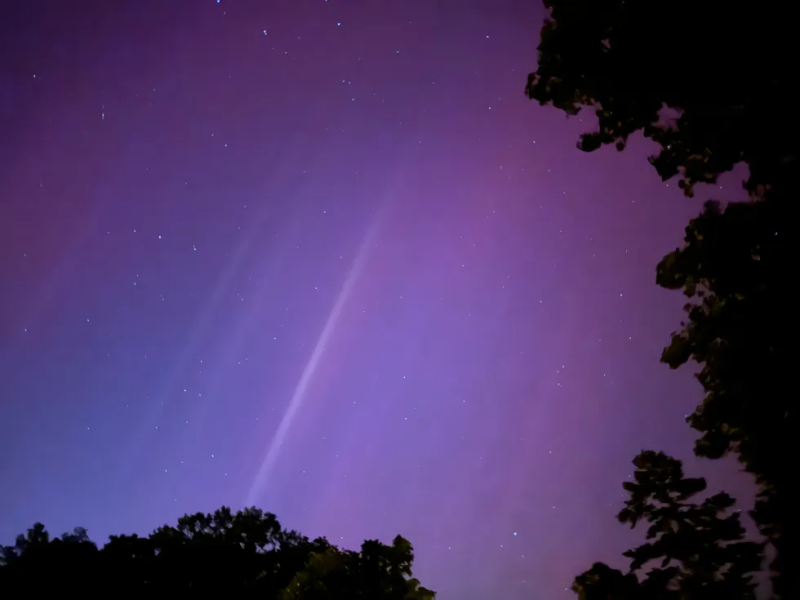

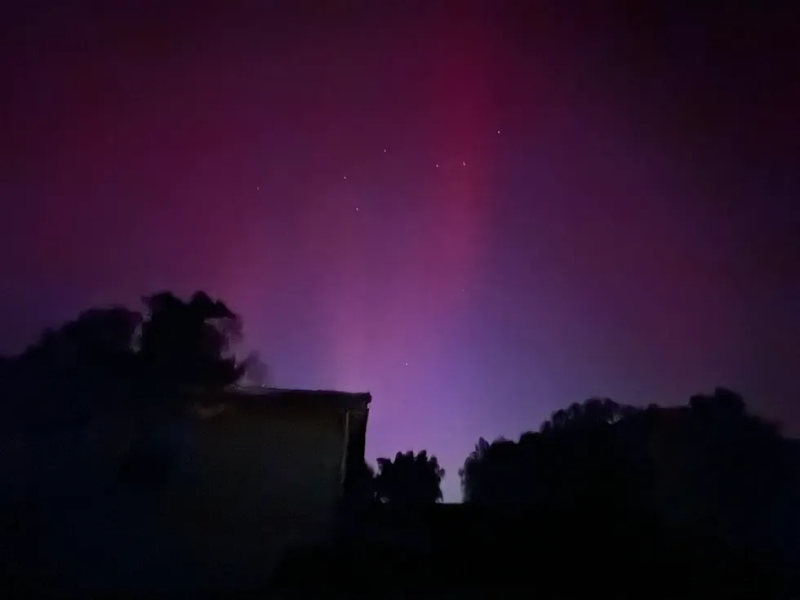
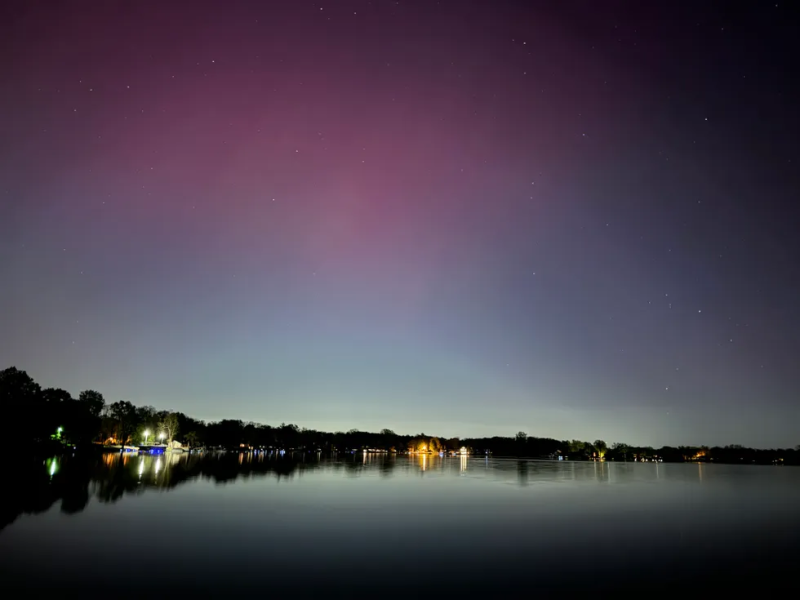
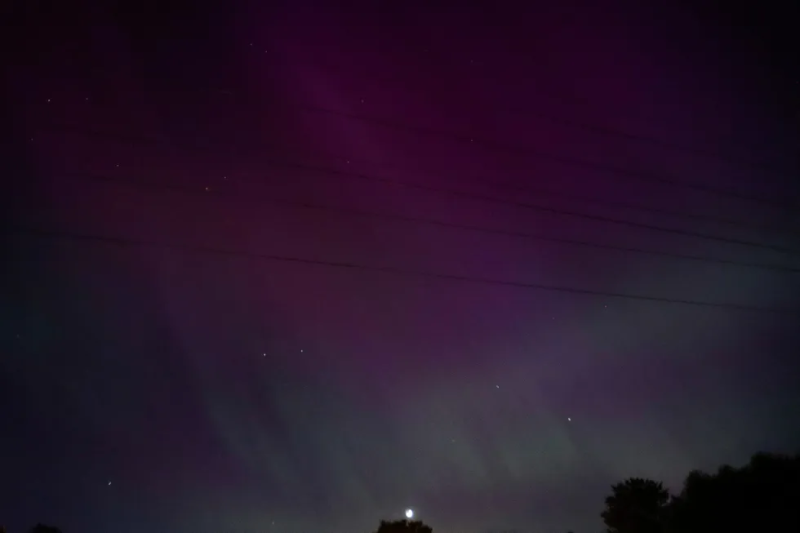
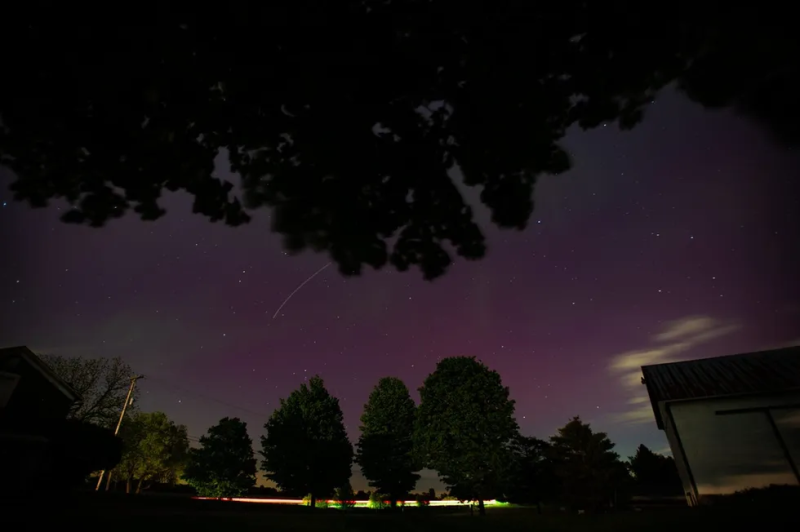
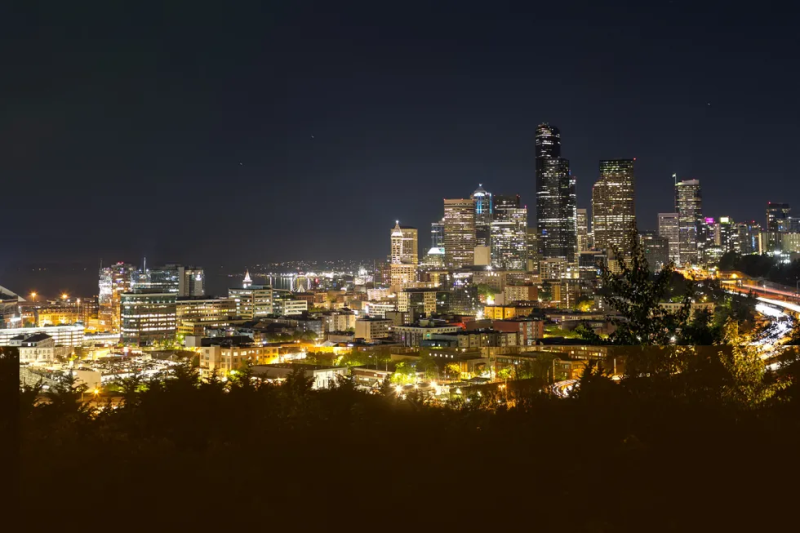
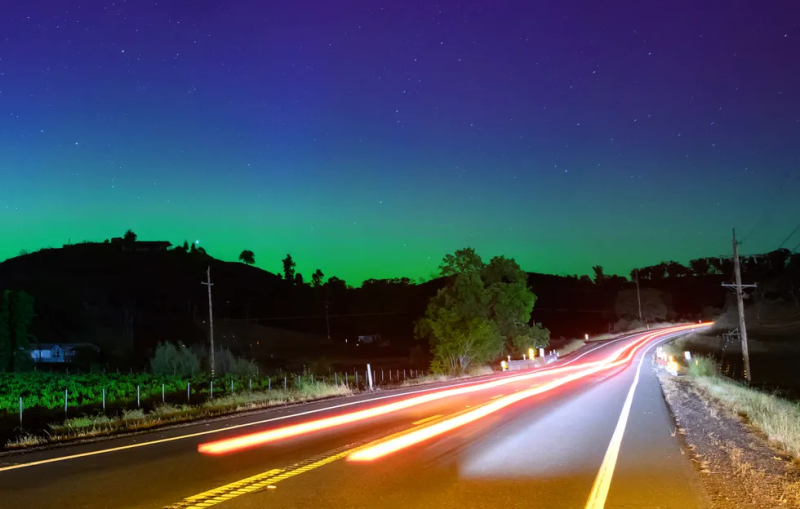
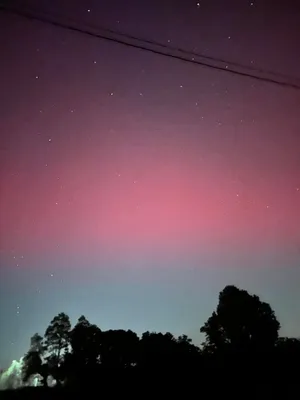
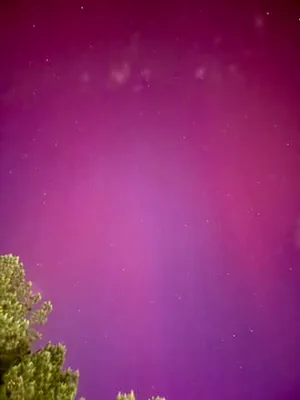
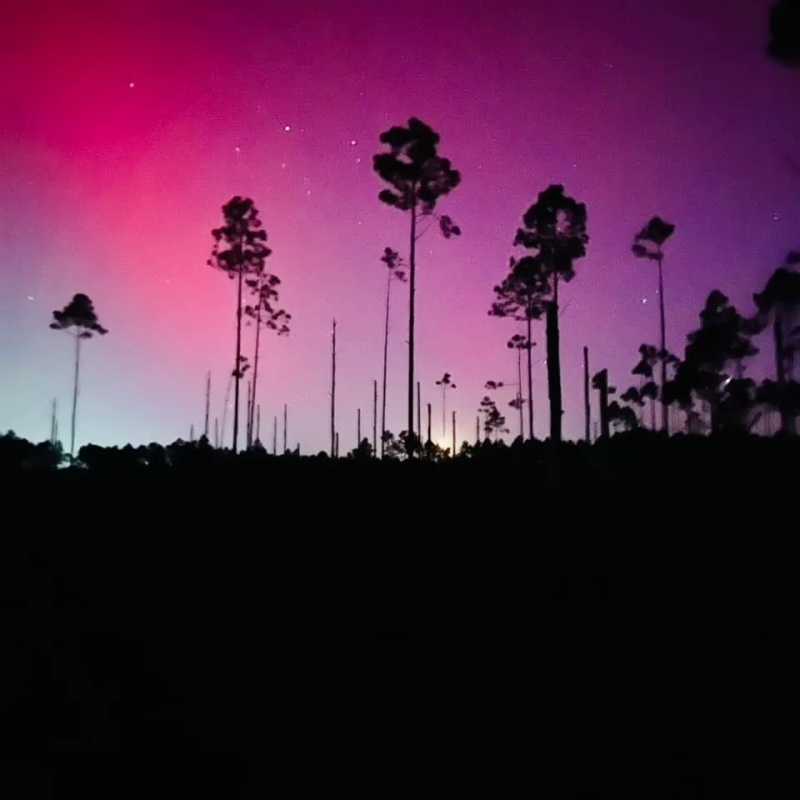
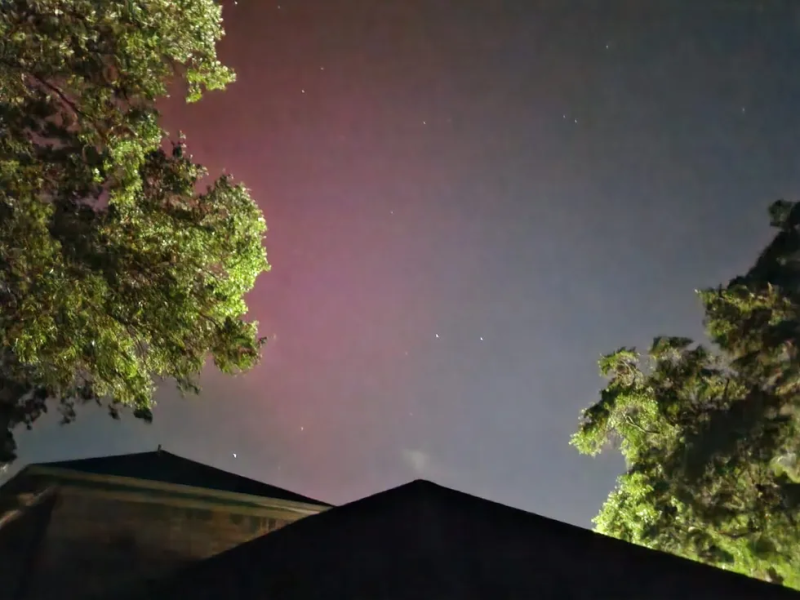
Geomagnetic Storm:Solar storm is powerful enough to disrupt communications: Why NOAA says not to worry
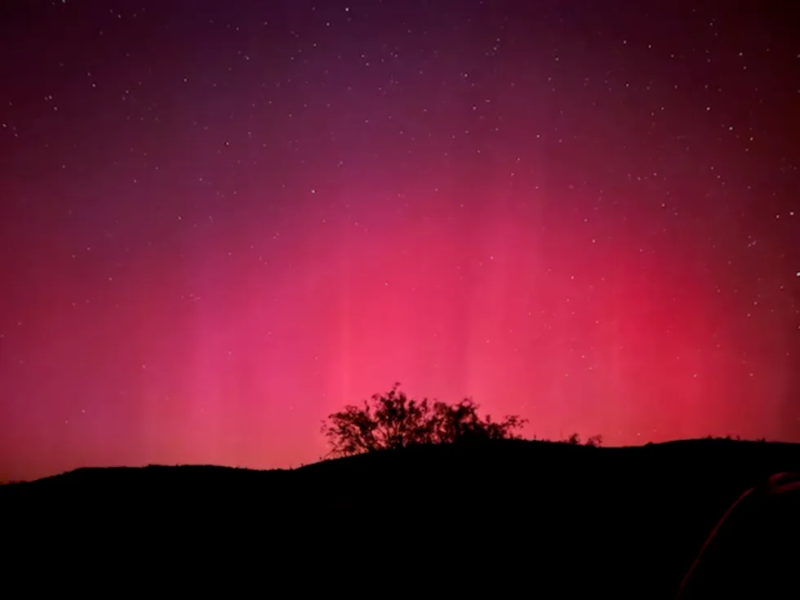
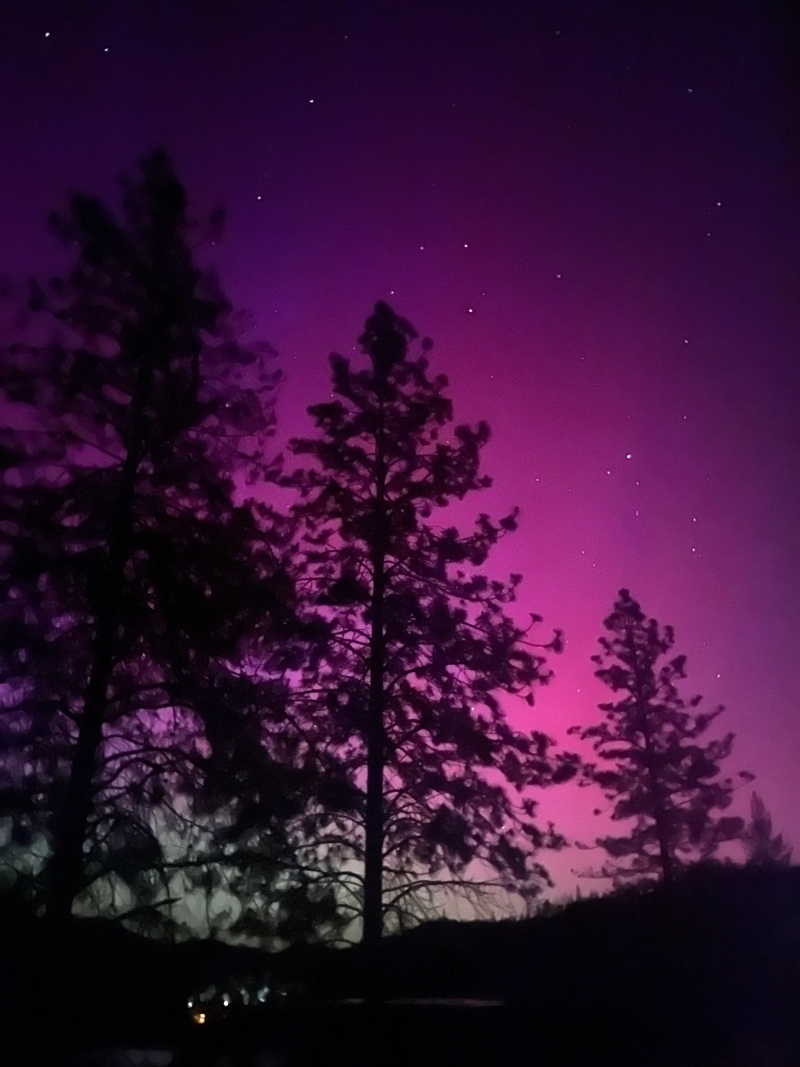
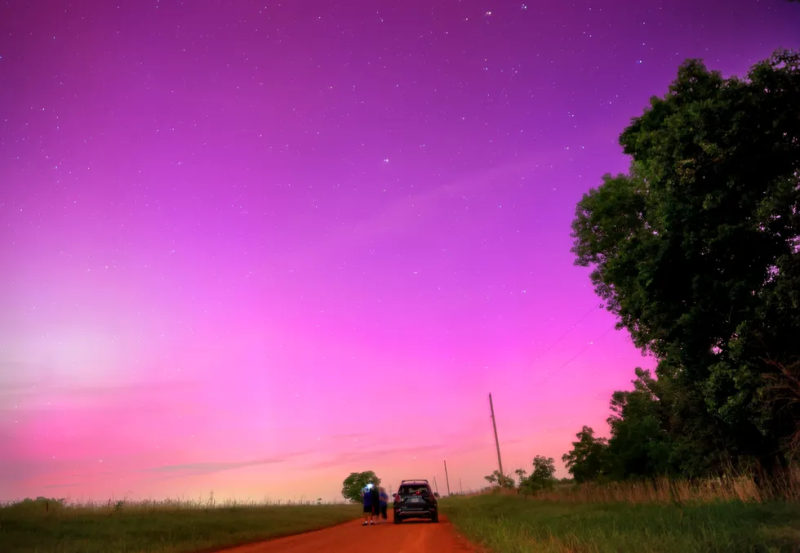
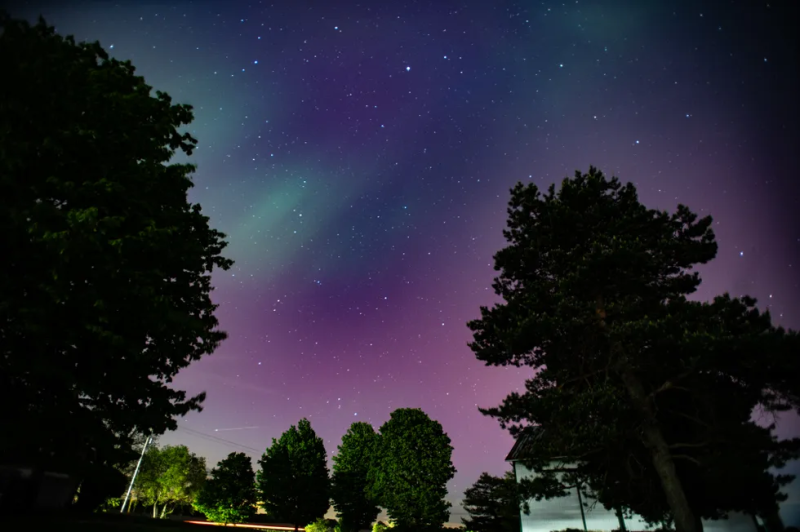
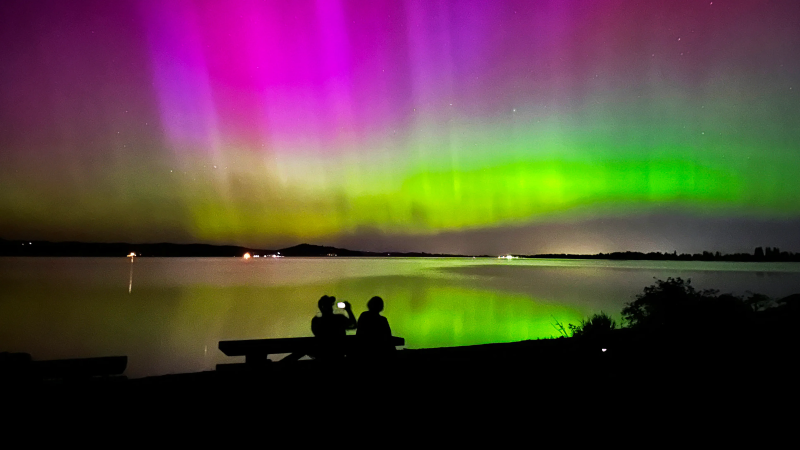
'Absolutely incredible'
Unbelievable illumination of the Aurora borealis in Florida
Aurora borealis 'dazzle' in the sky in Europe
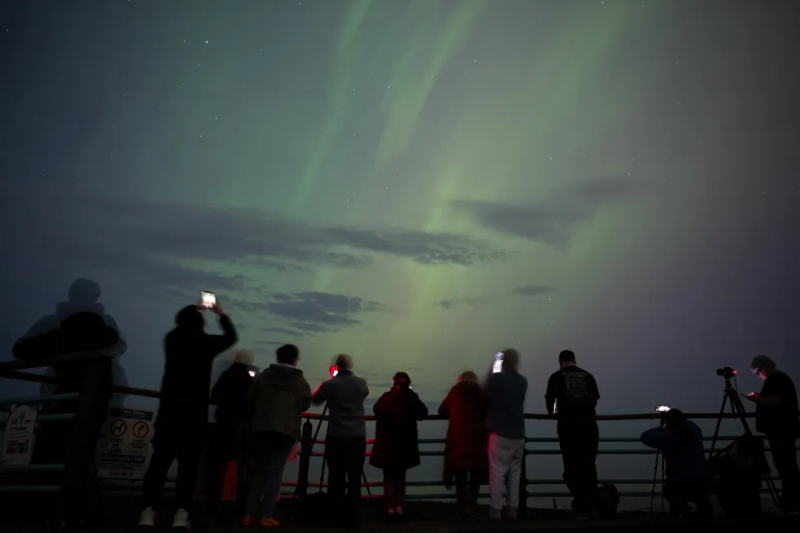
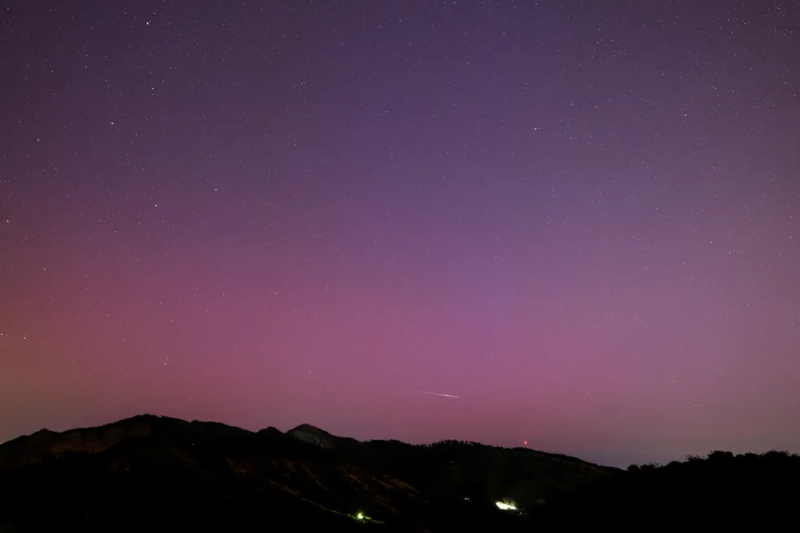
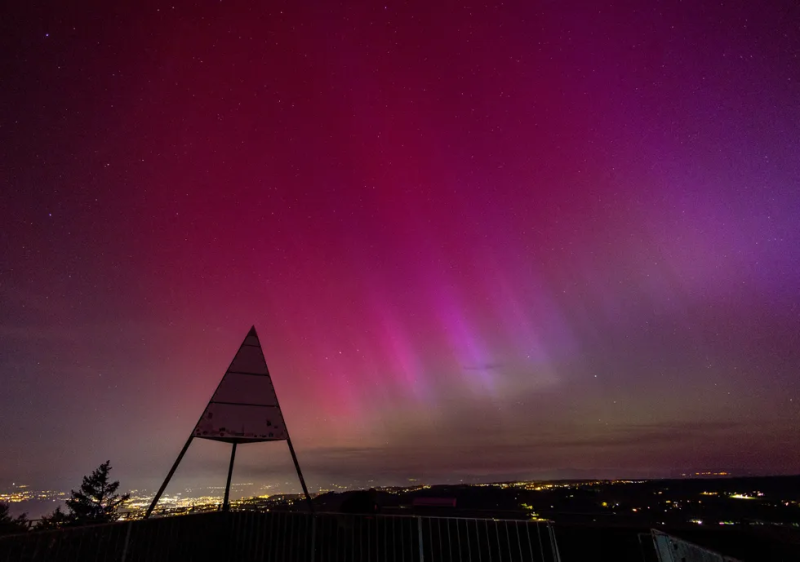
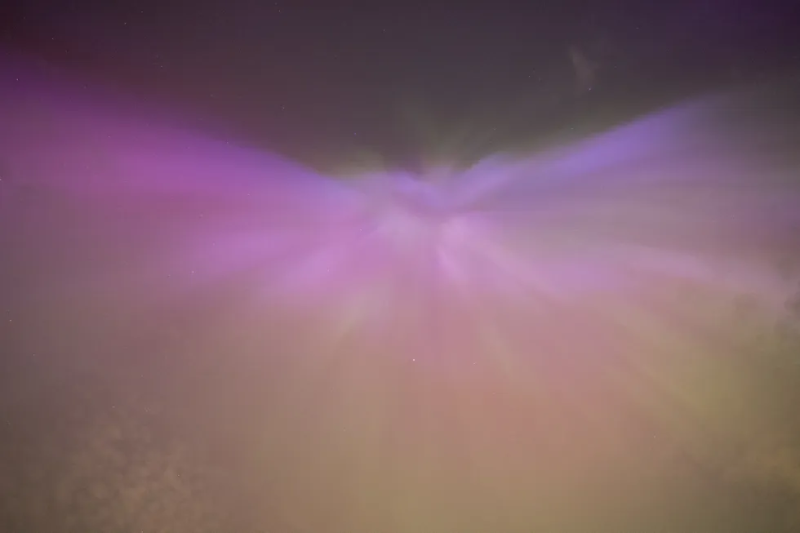
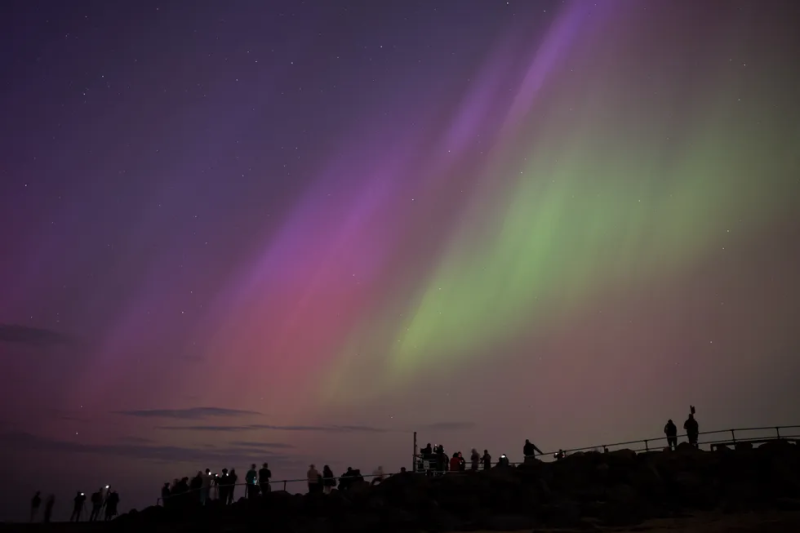
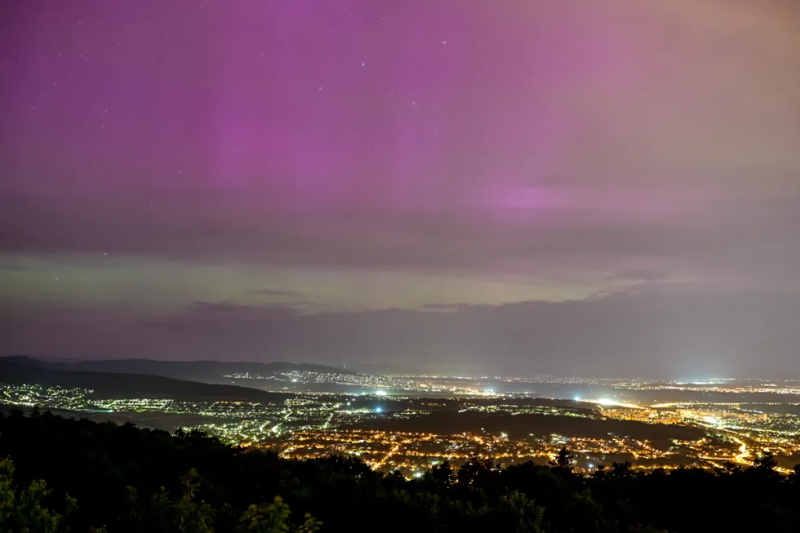
Contributing: Dinah Voyles Pulver, USA TODAY.
Disclaimer: The copyright of this article belongs to the original author. Reposting this article is solely for the purpose of information dissemination and does not constitute any investment advice. If there is any infringement, please contact us immediately. We will make corrections or deletions as necessary. Thank you.






